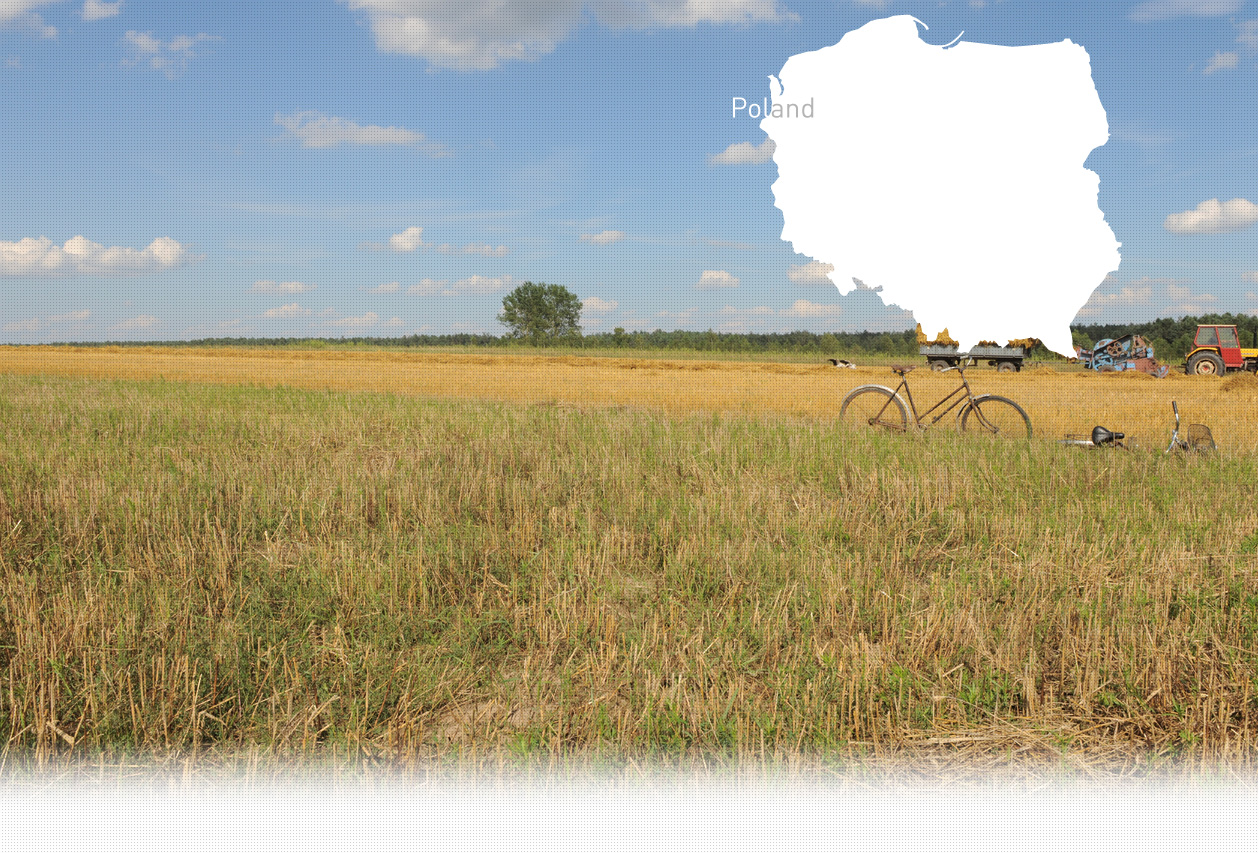

1 Killing site(s)
Egrypina G., born in 1932: "After the departure of the local Jewish community, about forty Czech Jews arrived in Stanin and took shelter in the fire station. One Sunday, I went to the front of the station to see them. There were men, women, and children — likely families. They appeared to be well-off, trading their possessions and jewelry for food. They weren’t under guard, and local Poles could enter freely to trade with them. Their stay was brief — perhaps ten days. I don’t know how they left Stanin." [Testimony N°YIU1448P, interviewed in Stanin, on August 11, 2023]
Stanin is a village in Łuków County, Lublin Voivodeship, in eastern Poland. It lies approximately 14 km (9 miles) southwest of Łuków and 73 km (45 miles) north of the regional capital, Lublin.
During the interwar period, the Jewish community of Stanin was affiliated with the kehillah (Jewish community council) of Łuków. According to the 1921 census, 164 Jews lived in Stanin, comprising 3.7% of the total population of 4,384.
Local witnesses recall that, prior to the outbreak of the Second World War, Jews operated a mill, several small markets, and a bakery in the village center. Many were skilled artisans—shoemakers and tailors. Witnesses interviewed by Yahad - In Unum remember several Jewish names: Abram, Szmul, Icek (the butcher), Symcha (the baker), Josek, Hil, Nuta, Idale, and Tojwa (the miller). Jewish and Catholic children attended the same public school, located on the local estate.
Several civilians, including members of the local Jewish community, were killed during German bombing raids on Stanin at the beginning of September 1939. Following the German occupation, local order was maintained by the Polish Granatowa Policja (Blue Police), as there was no permanent German gendarmerie post in the village.
According to local witnesses interviewed by Yahad - In Unum, the Jews of Stanin continued living in their homes and maintained their usual activities until they were deported to the Łuków ghetto. While some historical sources mention the existence of a ghetto in Stanin itself, this has not been confirmed by local testimony.
During the occupation, a labor camp focused on drainage work was established in the village’s parish buildings. In 1941, it housed approximately 150 workers from the Łuków area before being liquidated later that year. The camp briefly reopened from June to August 1942, holding around 250 inmates. That same summer, a number of conscripts from the Stanin gmina were sent to the Hochtief labor camp in Dęblin, where they were forced to work on the construction of a railway bridge over the Wieprz River.
Following the deportation of approximately 6,000 Jews from the Łuków ghetto to the Treblinka death camp on October 5 and 8, 1942, an additional 2,500 to 3,500 Jews from the Łuków Landkommissariat were brought to the ghetto by October 25. This group included nearly 460 Jews from the Stanin and Mysłów communities, as well as 1,300 to 1,700 Jews from Gułów. Between October 26–27 and November 7–11, approximately 4,000 Jews from the Łuków ghetto—likely including those from Stanin—were deported to Treblinka.
After the deportation, only those who had managed to go into hiding remained in Stanin or its surroundings. Many were gradually discovered, arrested, or killed. According to the testimony of a local witness, a Jewish man was shot by a German or Polish policeman during a roundup (Aktion) in Stanin. It is unclear whether this occurred during the deportation period. His body, along with those of other Jewish victims murdered during the occupation, was buried in a small Jewish cemetery on the northwestern outskirts of the village. After the war, their remains were exhumed and reburied in the Jewish cemetery in Łuków. The original burial site remains unmarked and un-commemorated to this day.
One local witness also recalled that Stanin served as a brief transit point for a group of around forty Czech Jews—men, women, and children—who stayed at the village fire station for about a dozen days before departing for an unknown destination.
Do you have additional information regarding a village that you would like to share with Yahad ?
Please contact us at contact@yahadinunum.org
or by calling Yahad – In Unum at +33 (0) 1 53 20 13 17